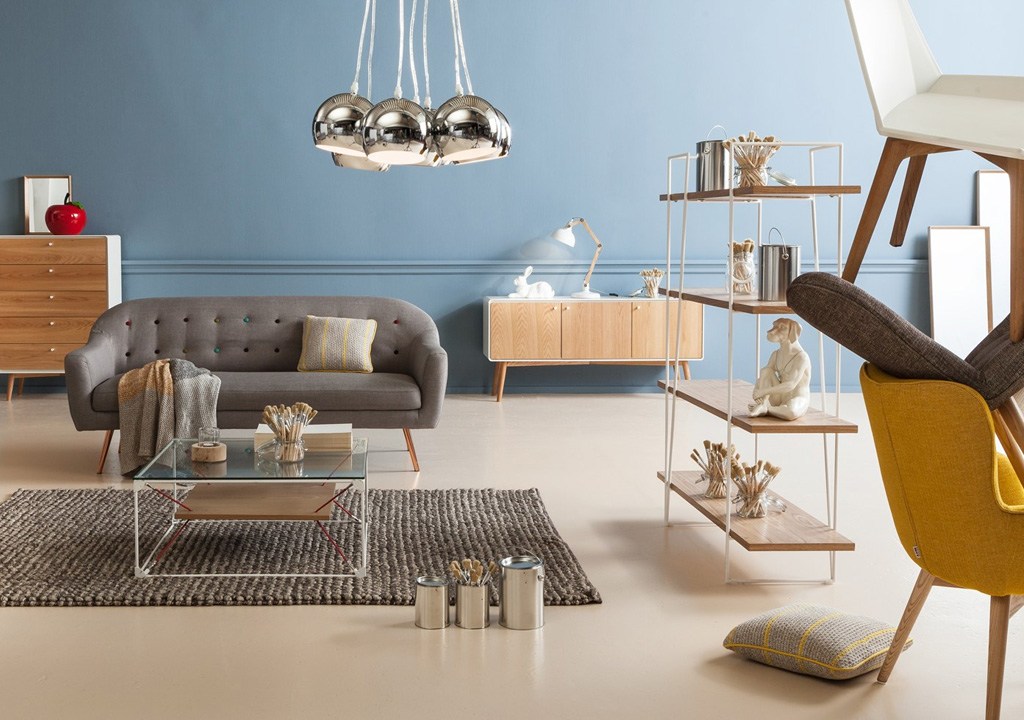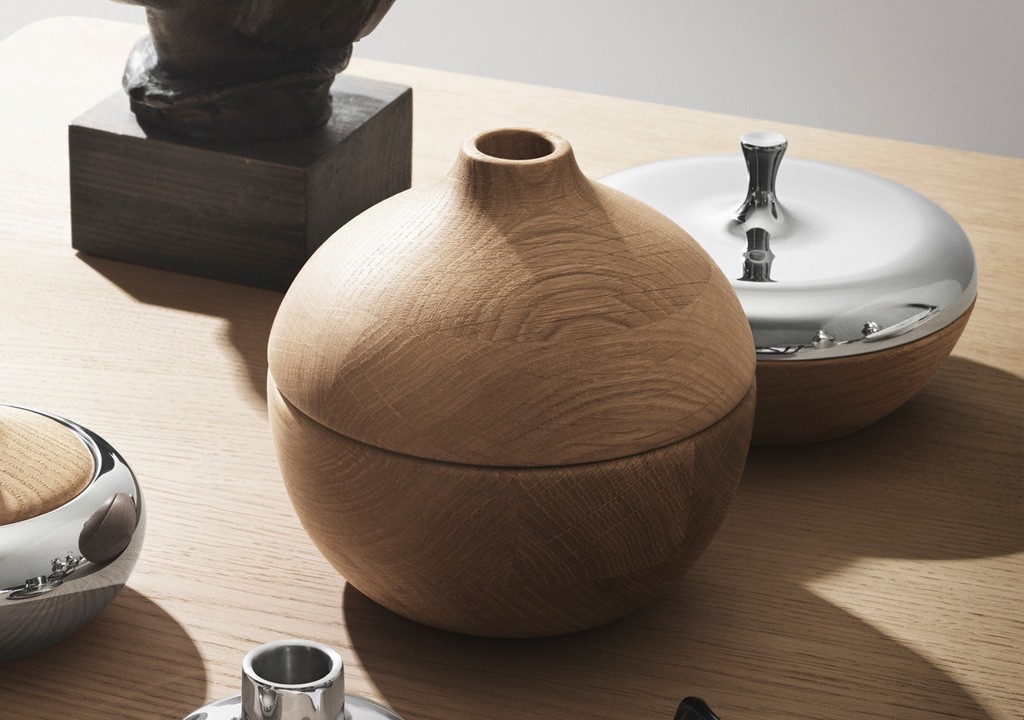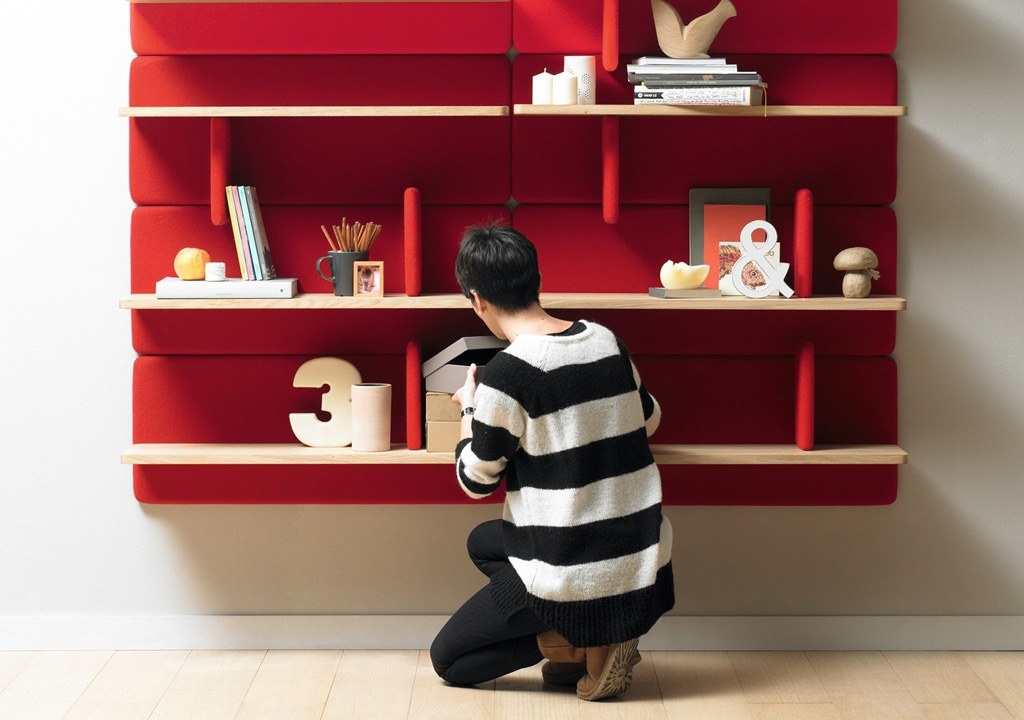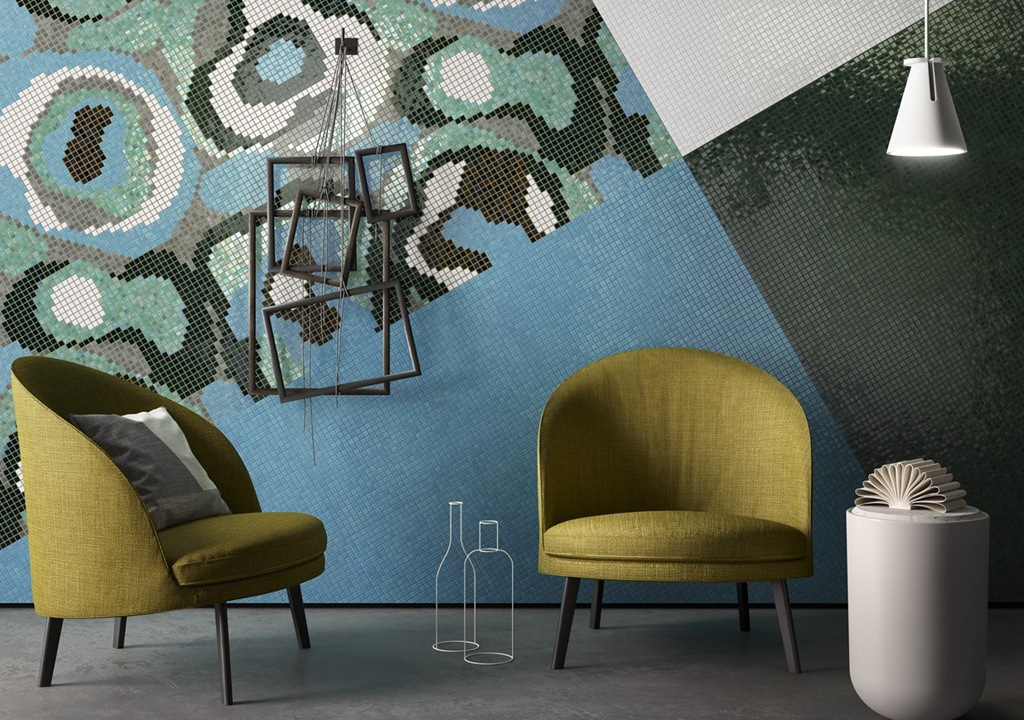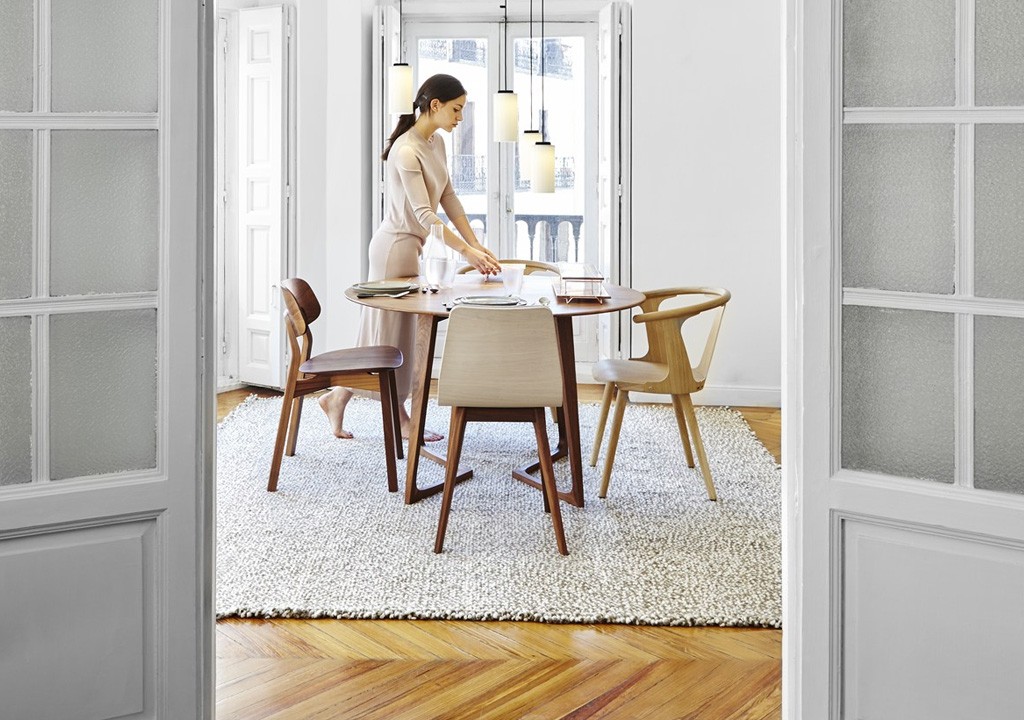Minimalist Japanese-inspired furniture
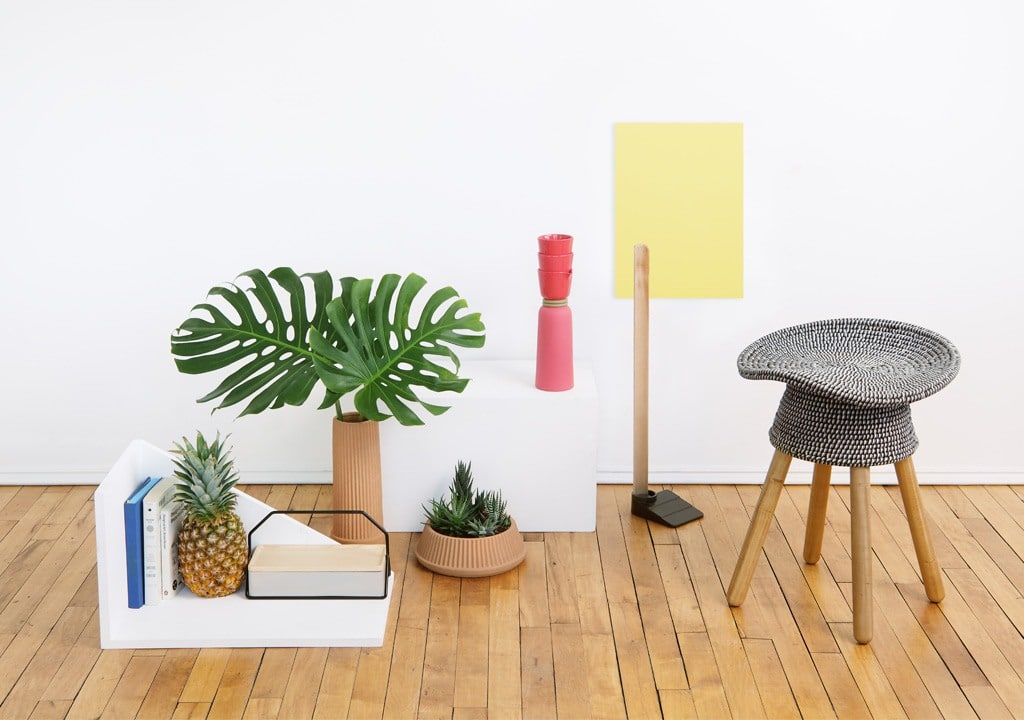
Introduction: When Less Becomes More
In a world increasingly defined by clutter and chaos, Japanese-inspired furniture has emerged as a calming antidote — offering balance, purpose, and serenity. More than just a style, it’s a philosophy rooted in mindfulness, nature, and intentional living. It doesn’t just furnish your space; it transforms how you experience it.
Minimalist Japanese design embraces the idea that beauty lies in simplicity — where every item serves a purpose, where negative space is just as important as form, and where your home becomes a reflection of peace.
In this blog, we’ll explore the essence of Japanese minimalism, key design elements, furniture types, material choices, and styling ideas — plus how to bring this aesthetic into your modern home without compromising comfort or function.
🏯 1. The Essence of Japanese Minimalism
🌿 Rooted in Tradition:
Japanese minimalist design draws from two ancient philosophies:
Zen Buddhism: Emphasizing clarity, calm, and self-awareness.
Wabi-Sabi: Finding beauty in imperfection and transience.
Together, they inspire interiors that are peaceful, organic, and deeply intentional.
📌 Core Principles:
Function first: Nothing should exist without purpose.
Negative space matters: “Ma” — the space between — brings breathing room.
Harmony with nature: Natural materials and earthy tones dominate.
Low-profile design: Furniture that’s close to the ground evokes humility and openness.
Japanese-inspired furniture doesn’t scream for attention — it whispers elegance.
🪵 2. Key Characteristics of Japanese-Inspired Furniture
Here’s what defines Japanese-style furniture, visually and philosophically:
✔️ Clean, Uncluttered Lines:
No excessive carving, ornamentation, or detailing. The focus is on clean geometry and purity.
✔️ Low-to-Ground Design:
Inspired by traditional Japanese living, many items (like futons or chabudai tables) are close to the floor.
✔️ Natural Materials:
Wood (especially oak, ash, cedar), bamboo, linen, rattan, paper (shoji screens), and cotton are most common.
✔️ Muted Color Palettes:
Think warm neutrals — beiges, whites, soft greys, natural wood, with occasional deep brown or charcoal accents.
✔️ Open Space:
Furniture pieces are designed to “float” — not take over. There’s as much emphasis on what’s not there as what is.
🪑 3. Signature Furniture Pieces in Japanese-Inspired Homes
🛏️ 1. Futon Beds & Tatami Mats
Minimalist and close to the floor, often without a bulky frame. Tatami mats beneath offer natural insulation and aroma.
🍽️ 2. Chabudai Tables (Low Dining Tables)
Low-height wooden tables for floor seating — pair with cushions (zabuton) or legless chairs.
📚 3. Tansu Storage
Traditional modular chests and cabinets made of wood — often stackable or mobile, perfect for small spaces.
🧘♀️ 4. Shoji Screens & Sliding Doors
Made with translucent paper on a wooden frame, they separate spaces while allowing light and flow.
🪟 5. Benches, Daybeds & Platforms
Multi-purpose furniture that saves space while maintaining minimal form.
These pieces embody quiet luxury — thoughtful and grounded.
🧱 4. Japanese Meets Scandinavian: The Rise of Japandi
Japandi is the design fusion of Japanese minimalism and Scandinavian functionality — two cultures with similar values of simplicity, sustainability, and calm.
🔍 Key Japandi Traits:
Softer color palettes (pale woods, greys, blushes)
Hygge (coziness) meets Zen (stillness)
Curved furniture meets angular design
Comfort with intention — no fluff, just warmth
If pure Japanese minimalism feels too austere, Japandi adds a cozy, livable touch without breaking the design ethos.
🪴 5. Styling Tips: How to Create a Japanese-Inspired Space
🧘 Declutter Ruthlessly:
Only keep what you use or truly love. Visual noise disrupts calm.
🌱 Add Natural Touches:
Include bonsai plants, ikebana (flower arrangements), smooth stones, or bamboo décor.
🧺 Use Hidden Storage:
Furniture with built-in drawers or lift-up lids keeps the surface clean.
🌤️ Maximize Natural Light:
Avoid heavy curtains. Use shoji-style blinds, or sheer fabrics for light diffusion.
🧘♀️ Create a Floor Seating Area:
A low table with cushions can double as a tea space, work nook, or meditation zone.
🧡 6. Benefits of Japanese-Inspired Furniture
Beyond design, adopting this style impacts your daily experience.
✅ Mental Clarity:
Less clutter = less decision fatigue. Your mind feels freer and more focused.
✅ Peace & Tranquility:
Natural materials and open space reduce anxiety and overstimulation.
✅ Eco-Friendly Living:
Sustainable materials and mindful consumption reduce waste and energy.
✅ Space Optimization:
Low, compact furniture makes small rooms feel larger and lighter.
🧰 7. Choosing the Right Materials
Materials carry the essence of Japanese design — they are never artificial or showy.
🌳 Preferred Natural Materials:
Wood: Ash, maple, walnut, or bamboo — lightly treated or raw finish
Fabric: Cotton, linen, or wool in neutral tones
Paper: For screens or lanterns
Stone: Polished pebbles, slate, or marble accents
Avoid plastics or glossy synthetic textures. The goal is to feel grounded and organic.
🏠 8. Japanese Furniture in Modern Indian Homes
Yes, it works beautifully — especially with India's increasing focus on compact, mindful living.
🔹 Where It Fits Best:
Studio apartments: Low-profile, space-saving design
Balconies & terraces: Zen-inspired outdoor seating
Reading nooks: Daybeds or floor chairs with tatami mats
Bedrooms: Platform beds, minimal side tables, and open layouts
Plus, many Indian artisans now create Japandi-style furniture using local wood and handmade techniques.
📱 9. Smart + Minimal: The Future of Japanese Furniture
Japanese-inspired furniture is also adapting to the tech-savvy age.
🔋 What’s New:
Hidden charging docks in side tables
Convertible floor beds with adjustable backrests
Modular storage systems that slide or pivot
Eco-finished woods with stain-resistant coatings
Smart lighting integrated with Shoji-style lamps
Function never outweighs peace — but subtle innovation blends in beautifully.
🛍️ 10. Where to Shop Japanese-Style Furniture (India + Global)
🇮🇳 Indian Brands & Stores:
The House of Things – curated Japandi furniture
Ikiru – Japanese-inspired minimal homewares
Orange Tree – sustainable modern designs
Urban Ladder – some Japandi-style collections
Craft Beton / Studio Ochre – zen-focused home accents
🌏 International Brands:
Muji – the original Japanese minimalism
HAY – Scandinavian minimal, often Japandi-inspired
IKEA – affordable clean-line basics
Tansu.net – traditional Japanese furniture online
🧘♂️ Conclusion: Simplicity is the New Luxury
In a fast-paced, over-stimulated world, Japanese-inspired furniture offers more than style — it offers space to breathe, clarity to think, and peace to live.
Whether you’re redoing your bedroom, setting up a calming corner, or furnishing your first home, this minimalist approach promises a space that supports your well-being, not just your lifestyle.
Choose what matters. Let go of the rest. Because in Japanese design, emptiness isn’t lack — it’s potential.


